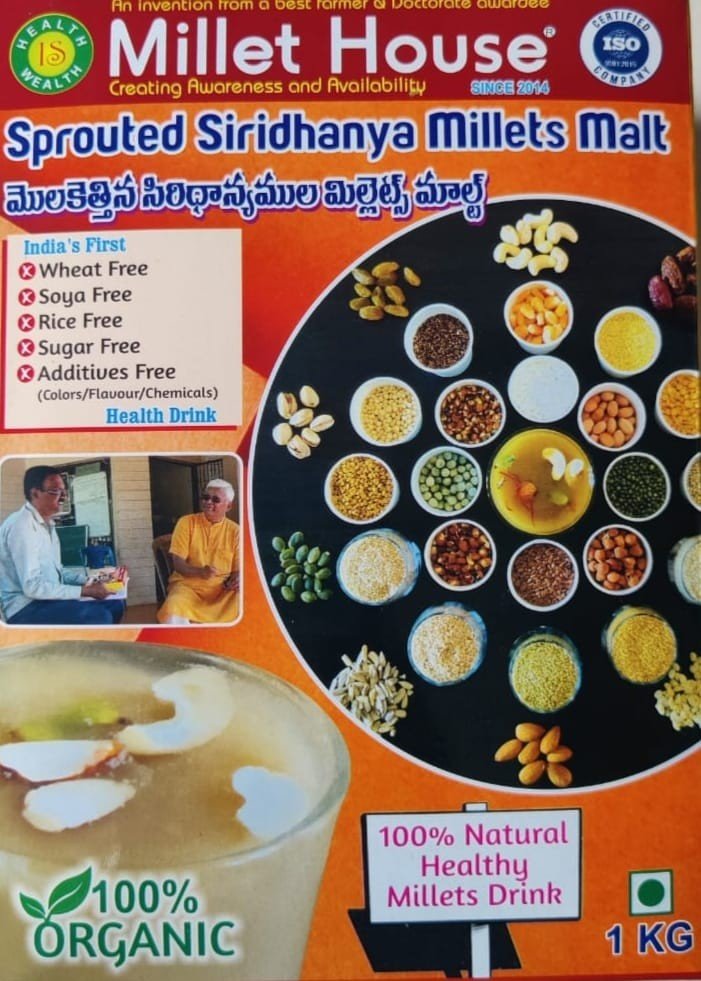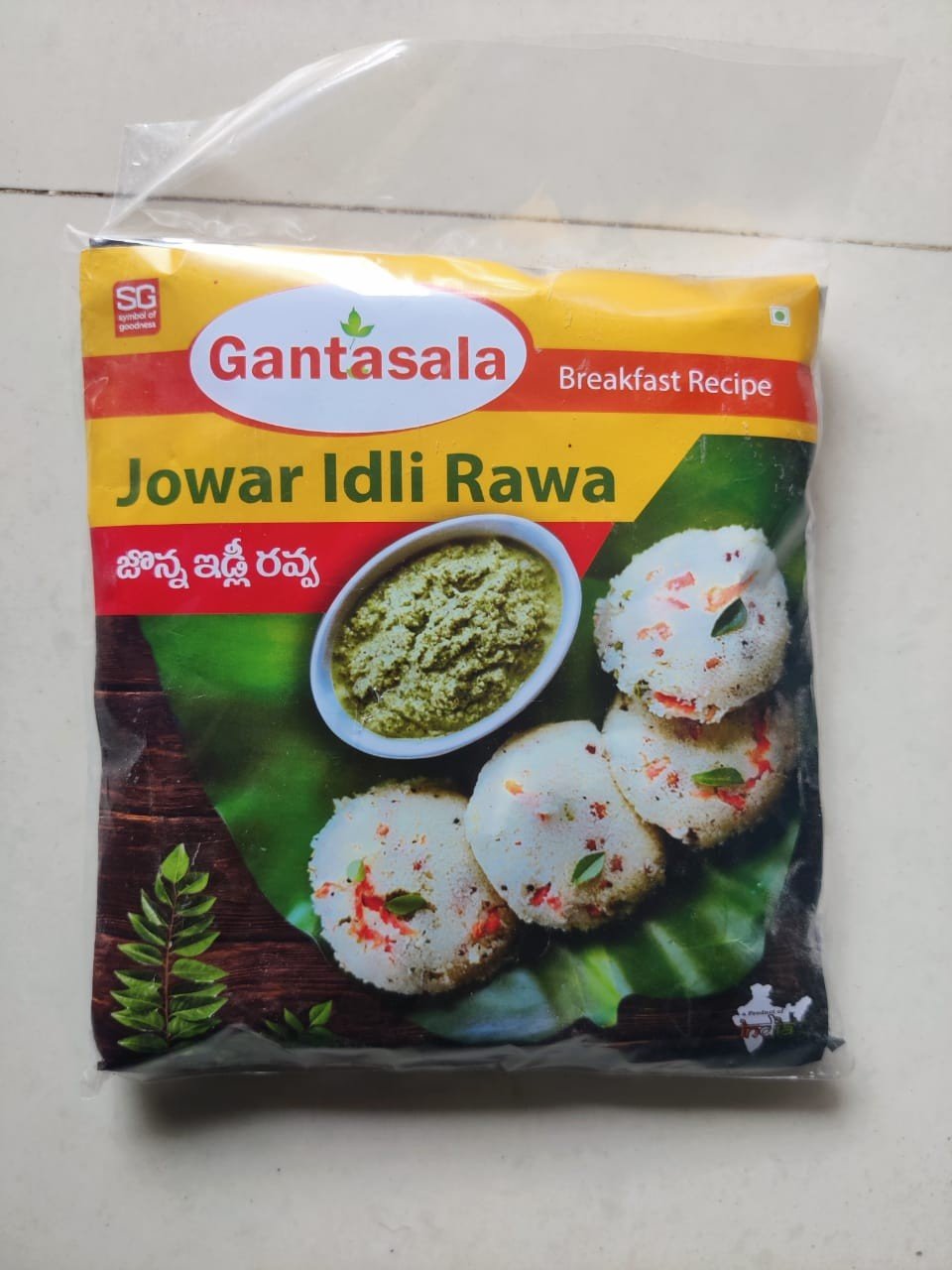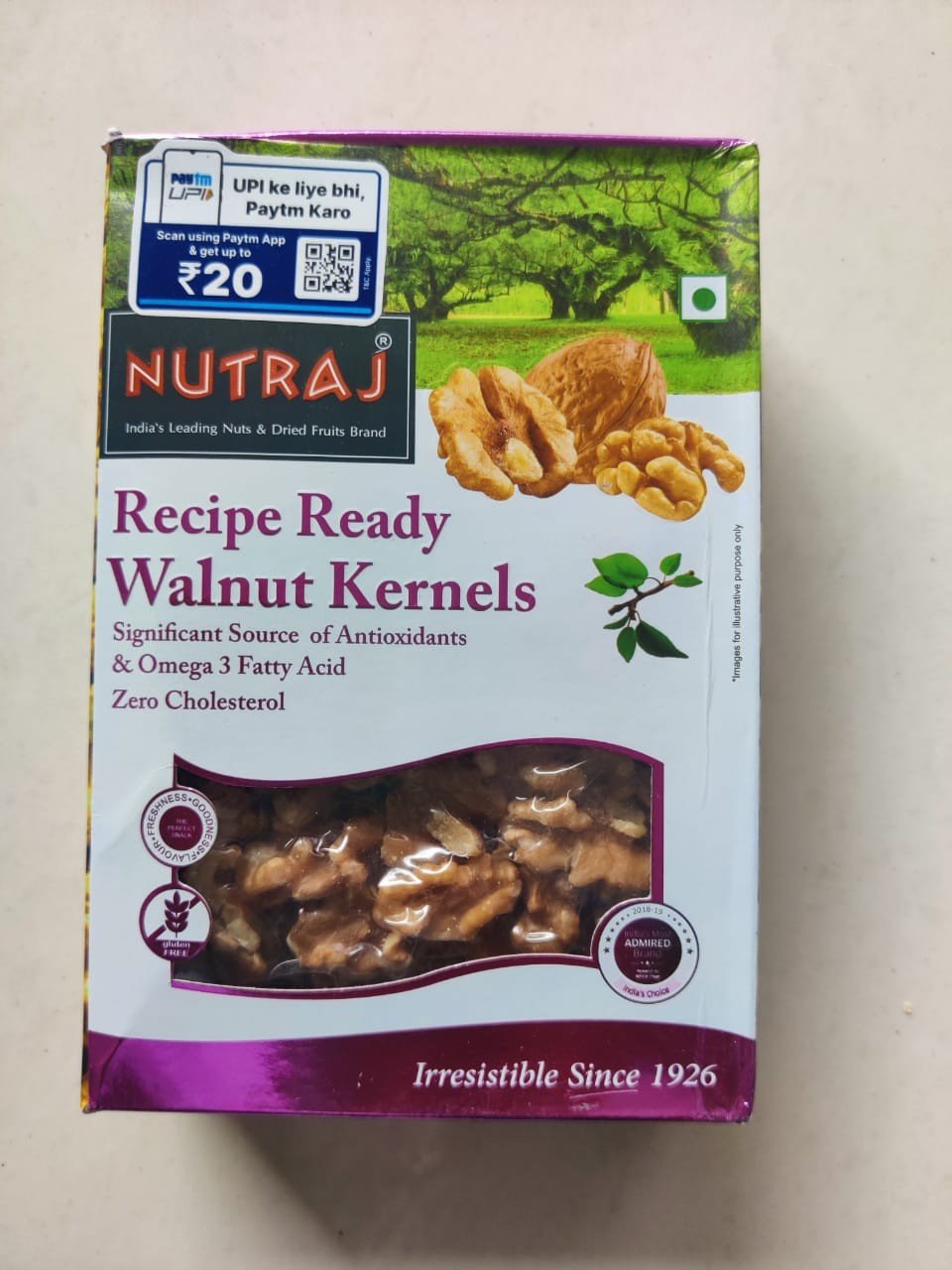











Ragi Malt For High Calorie And Protien 450g
Reviews & Ratings
Health Benefits of Drinking Gantasala Ragi Malt
Ragi, also known as finger millet, is a cereal popular in South India and many African countries.
Ragi is a low-cost source of a variety of nutrients. But nowadays, we are so infatuated with packaged and appealing food that we have almost abandoned our conventional foods.
Ragi is an inexpensive grain that can be used in a variety of dishes. So definitely aim to incorporate ragi into your diet, and hopefully, the fortunes of this much-ignored grain will turn around.
Ragi malt has made a big comeback as a frontrunner for preserving optimum wellbeing, thanks to extensive studies.
Health benefiting properties of Gantasala Ragi Malt:
Ragi malt has an excellent nutritional profile, with high levels of main micronutrients like vitamins and minerals, as well as all of the essential macronutrients like carbohydrates, fibres, fats, and proteins.
It has very low cholesterol and sodium levels. Ragi malt also contains significant amounts of vitamins C and E.
Ragi malt is high in the B complex vitamins thiamine, riboflavin, niacin, and folic acid, as well as calcium, magnesium, iron, and phosphorus.
A cup of ragi malt (144 grams) flour contains 472 calories, 10.5 g protein, 103 g carbs, and 1.87% fats. (USDA)
Protein-Rich Food
Eleusinian is the main protein content found in ragi malt and has a high biological value.
This protein aids in the prevention of malnutrition and is regarded as a good source of protein for vegetarians. Most dietitians rank ragi at the top of the food grain list due to their high carbohydrate content.
One cup of whole ragi malt flour (144 grams) contains approximately 10.3 grams of protein.
Protein is important for managing cell wear and tear and for transporting oxygen to different parts of the body.
Frequently Bought Products
Product Queries (0)
Login or Registerto submit your questions to seller
Other Questions
No none asked to seller yet
Hello




![ROYAL RAJDHANI Organic Jaggery Cubes [Pure, Natural, No Preservatives Added], Jaggery Cube, Gud Jaggery, Desi Jaggery (Gur, Gud) 500G](https://availeverything.com/public/uploads/all/icwaPtbHCRM9YpAWjPYCzZj912YzSDG5rqWb8ICG.jpg)



